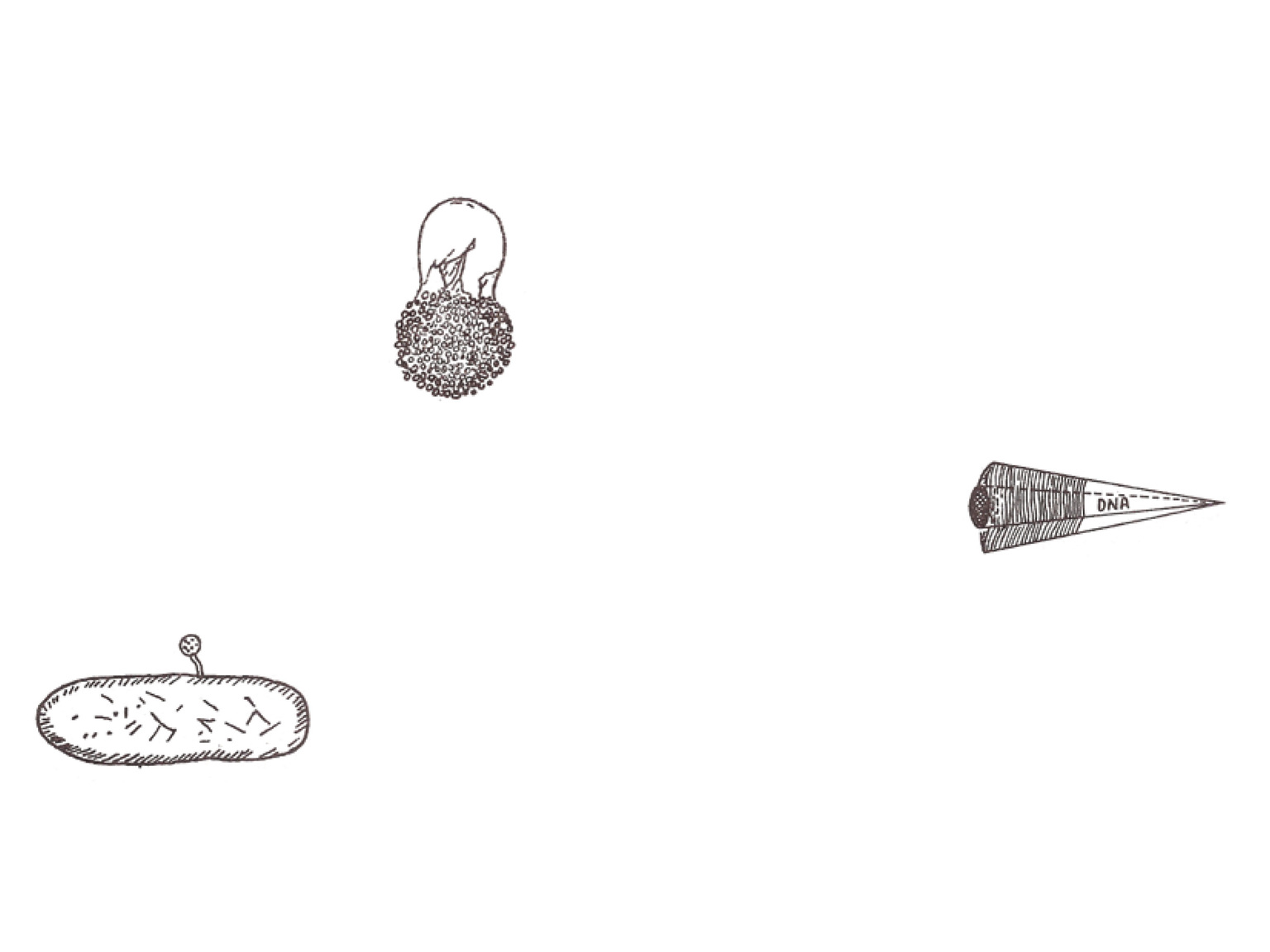Talk

How Do You Know?: Andrea Phillips and Fernando Garcia-Dory
This time in our series within the framework of artistic research, we will discuss the idea of value in contemporary art and how art and agriculture can create social change.
Reading Session
Time: 12.00–1400.
Venue: Group room in the Library.
Seminar
with Fernando Garcia-Dory and Andrea Phillips
Time: 15.00–17.00.
Venue: The Main auditorium.
Andrea Phillips
The idea of value in contemporary art and how to change it
Dominant discussions and practices of valuation in artistic research are built upon the rejection of “normative” categories of value— economic, epistemological, social. This rejection is apparent both within the academy of art quite generally, and more specifically within the private and public institutions and funding structures that support artistic research. The argument against normative valuation is premised upon the unique qualitative and absent quantitative attributes of art. Yet practices of valuation and devaluation are the quotidian reality of social and political life. Practices of valuation dominate all forms of capitalized life. In this short presentation, I will argue that the entrenched concern that artistic research must be treated and understood differently from other forms of academic research, intellectual and practical labor, risks not simply the segregation of artistic labor from other modes of making at a time of necessary solidarity, but also retrenches the segregation of art’s value from the urgencies of equality-building across sectors.
Dr. Andrea Phillips is Baltic Professor of Art and Director of BxNU Research Institute, Northumbria University and Baltic Centre for Contemporary Art, Newcastle upon Tyne.
Suggested reading:
Andrea Phillips, Artistic Research, Publishing and Capitalisation in Futures of Artistic Research – At the Intersection of Utopia, Academia and Power. Writings from the Academy of Fine Arts (The Academy of Fine Arts of Uniarts Helsinki, 2017), edited by Jan Kaila and Henk Slager.
Fernando Garcia-Dory
We will meet by the riverside
There exists a relation between different projects Garcia-Dory has developed in recent years as INLAND, like Mobile Method or the New Curriculum, and others. They play with the elastic distance between the means and the goals in a social and ecological transition of our production model. Are “specialized technical bodies”—such as artists & agroecologists to be deployed with rural constituencies—a way forward? How could these new forms of “extension” work, and how could they fail? How does this possible composition of knowledges happen? What are the lessons from similar movements in the past? In 2018 INLAND is focusing on visual narratives on neo-extractivism and indigenous-peasant resistances and new identities, as well as developing the notion of community-of-practice.
INLAND, started in 2009 and is a project initiated by Fernando Garcia-Dory about an organization that engages territories, art, agriculture, and social change. During its first stage (2010-2013) and taking Spain as initial case study, INLAND comprised an international conference, artistic production with 22 artists in residence in the same number of villages across the country, and nationwide exhibitions and presentations. This was followed by a period of reflection and evaluation, launching study groups in Netherlands and Spain, and series of publications. Today INLAND functions as a collective and works as a para-institution to open space for land-based collaborations, economies and communities-of-practice as a substrate for post-Contemporary Art cultural forms. Appearing in different forms in different countries, whilst dissolving individual agency in the collective, INLAND Europa publishes books, produces shows, and makes cheese. It also advises as a consultant for the European Union Commission on the use of art for rural development policies, facilitates shepherds’ movements, and is recovering an abandoned village in an undisclosed location for collective artistic and agricultural production. It has been shown at the Istanbul Biennale 2015; Casco Art Projects, Netherlands; PAV, Torino, Italy; Maebashi Museum, Japan. In 2017 apart from the Jeju Biennale it will be in CCA, Glasgow, MALBA-Argentina, MAMM, Colombia, BAU, Italy, and is supported by Council of Forms, Paris.
Based on different experimental pedagogies put in place by INLAND, the current format, called New Curriculum, seeks to create a multidisciplinary knowledge program around the relationship between art, farmers’ knowledge, and agroecology. It will first do this through the foundation of a Scientific-Artistic Committee of experts to design and equip this new curriculum content, which will then be expanded and contrasted in practice with groups of students, farmers, and herdsmen. These meetings take as a practice space an Art and Agroecology Center, which serves as a pilot village or experimental rural nucleus and laboratory of these integral forms of rural development. NC is therefore an embryonic form of a training program for the artist— a rural catalyst of the future.
Suggested reading:
Paulo Freire, “Extension or Communication” (1968), in Paulo Freire, Education for Critical Consciousness (London: Bloomsbury, 1974).
How Do You Know?
Spring 2018
“How Do You Know?” is a discursive project challenging artists and other professionals to think, analyze, and deconstruct their own activity within the framework of artistic research and the production of knowledge.
The series, conceived and run by Apolonija Sustersic of Art & Public Space and Maria Lind of The Academy of Fine Art, is accompanied by a reading list with texts suggested by the presenters, as well as a reading group and workshop for KHIO students and staff.